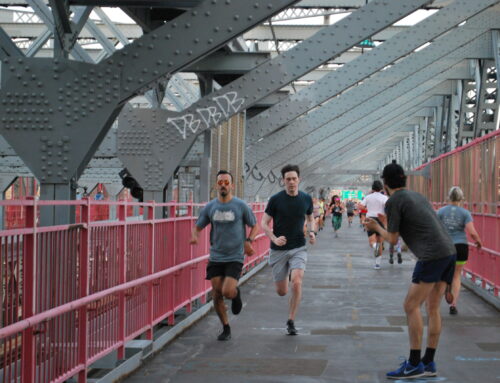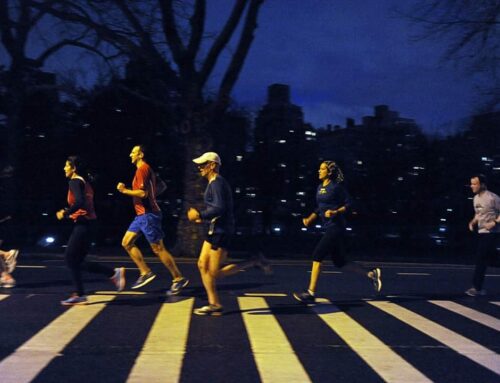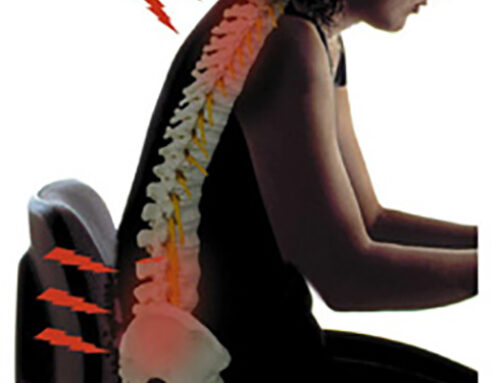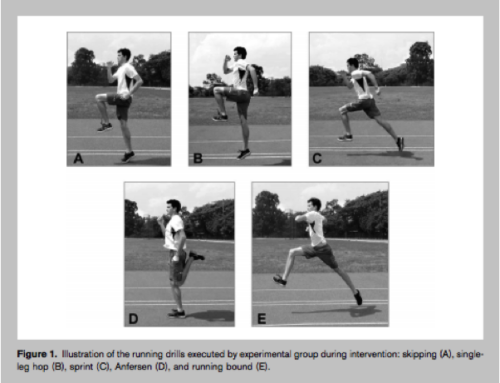
Linking current research to running
By Nikki Reiter
Every once and a while, a wonderful little thing happens. A researcher decides to do a systematic review of a topic and then presents their findings in a paper. I get a little excited when the topic pertains to running.
Recently, a team of researchers reviewed how footwear could affect running performance and economy. Since running economy (RE) is a commonly accepted way to discuss distance running performance, it would be great to know the general consensus amongst publications about the effect of footwear selection on running performance and RE.
While you may not have thought you were getting an economics lesson, I found most interesting the reporting of the effect of barefoot versus lightweight shoes on running economy (see below). Similar results were published in a clever study after the researchers did their study search.
Here’s how it went: Over 1000 articles related to footwear and RE were identified, and 19 were selected for the review. No studies pertaining to effect on running performance directly were found.
The result: Some characteristics of footwear, including greater cushioning, greater shoe stiffness and greater shoe comfort were associated with trivial and small improvements in RE. It was also found by meta-analysis that running in light shoes (combined mass of < 440 g) or barefoot, reduced metabolic cost compared with running in heavy shoes. Interestingly, there was no difference in metabolic cost between running in light shoes and running barefoot.
What this means: RE can be affected by footwear. Also, there was no improvement in RE for running barefoot as compared to in light shoes. Also, it is confirmed that the heavier the shoe, the greater the metabolic cost to running.
A final comment: Most of the studies reviewed looked at the acute effects of RE in the respective shoe type; however, it’s very likely that most individuals adapt their running style over time if they switch to a very different running shoe (consider a transition from a stability shoe to a minimalist shoe). With more time and practice in a new shoe, running economy will improve. Thus, it would be ideal to investigate this running shoe-RE relationship after a familiarization period.
So, maybe not any breaking news, however, it’s worthwhile to note that although no research was identified that directly related footwear to running performance, RE does give a good indication of potential distance running performance. It’s important to highlight the gap in the literature – and hopefully someone will address it soon!
—
Nikki Reiter is a Biomechanist and certified NCCP Performance Coach in Endurance Running.




Leave A Comment